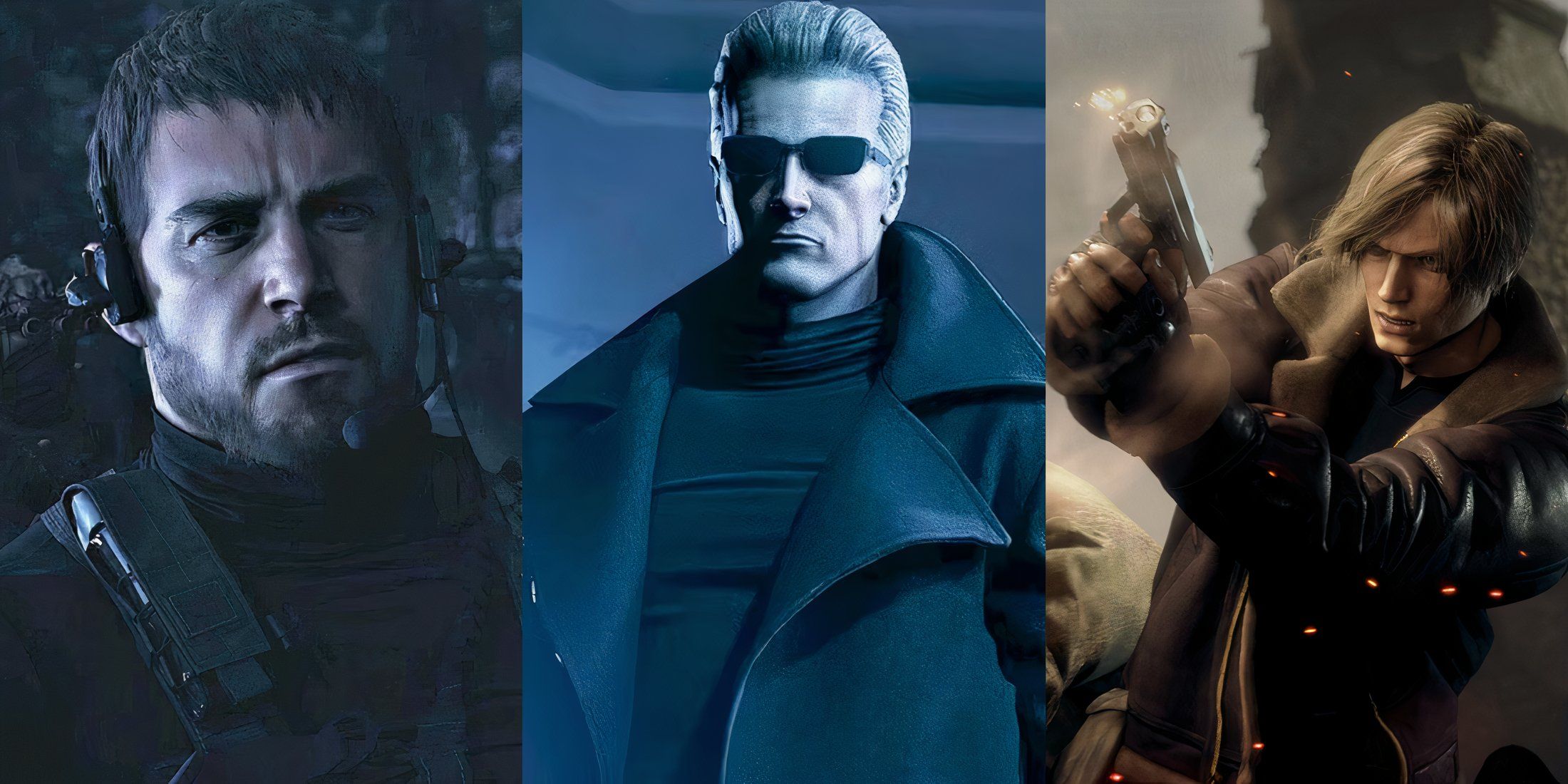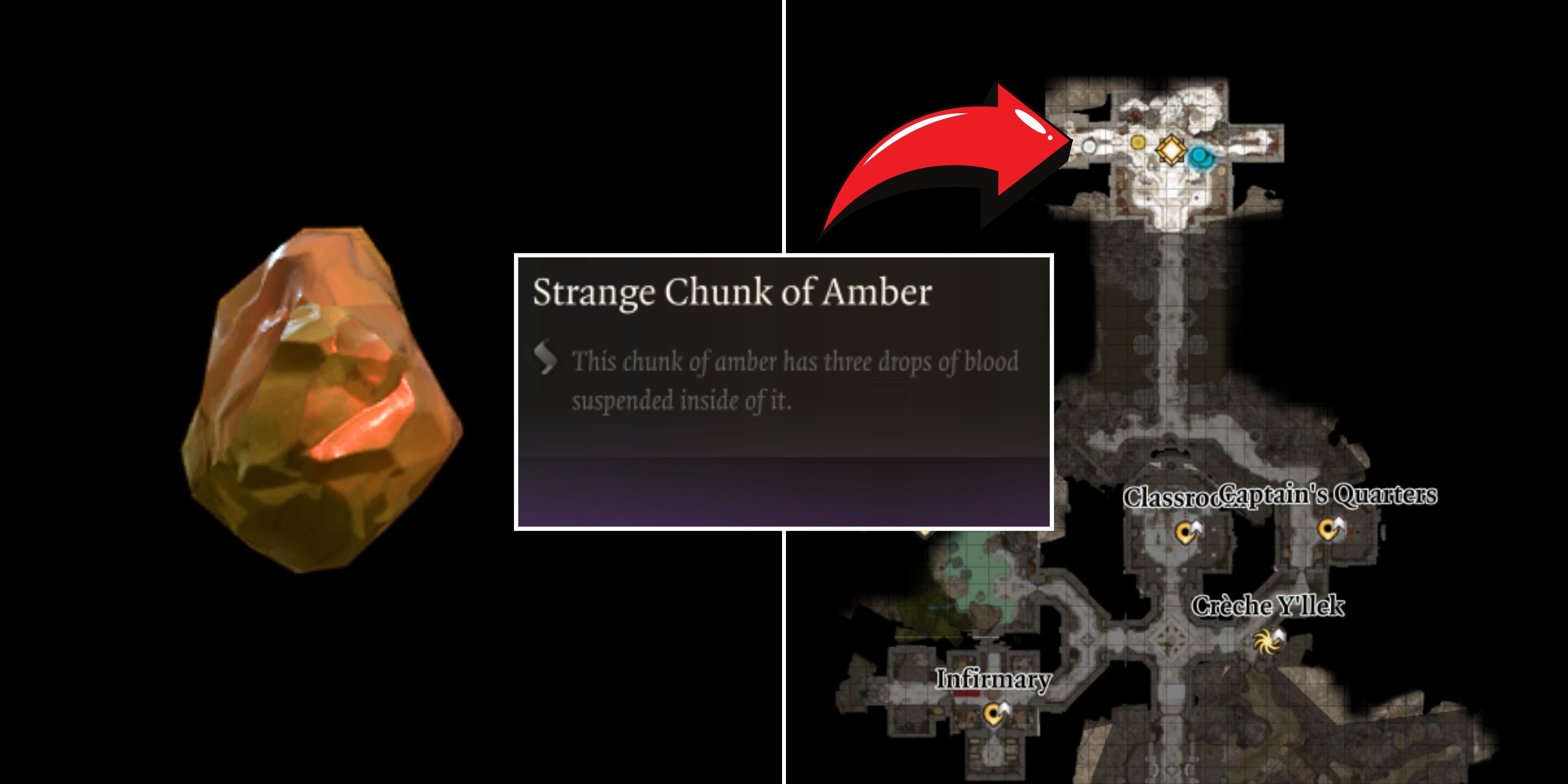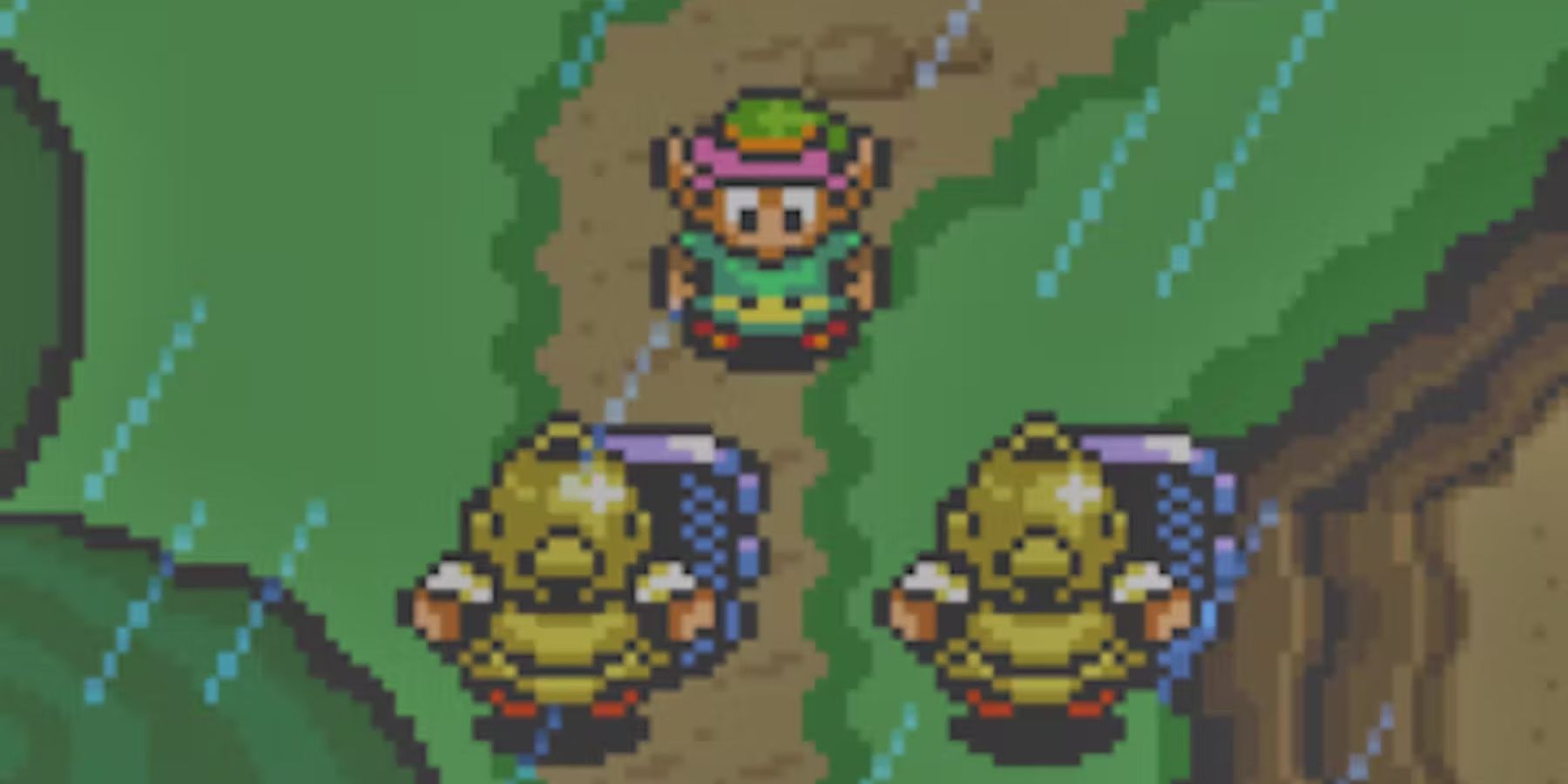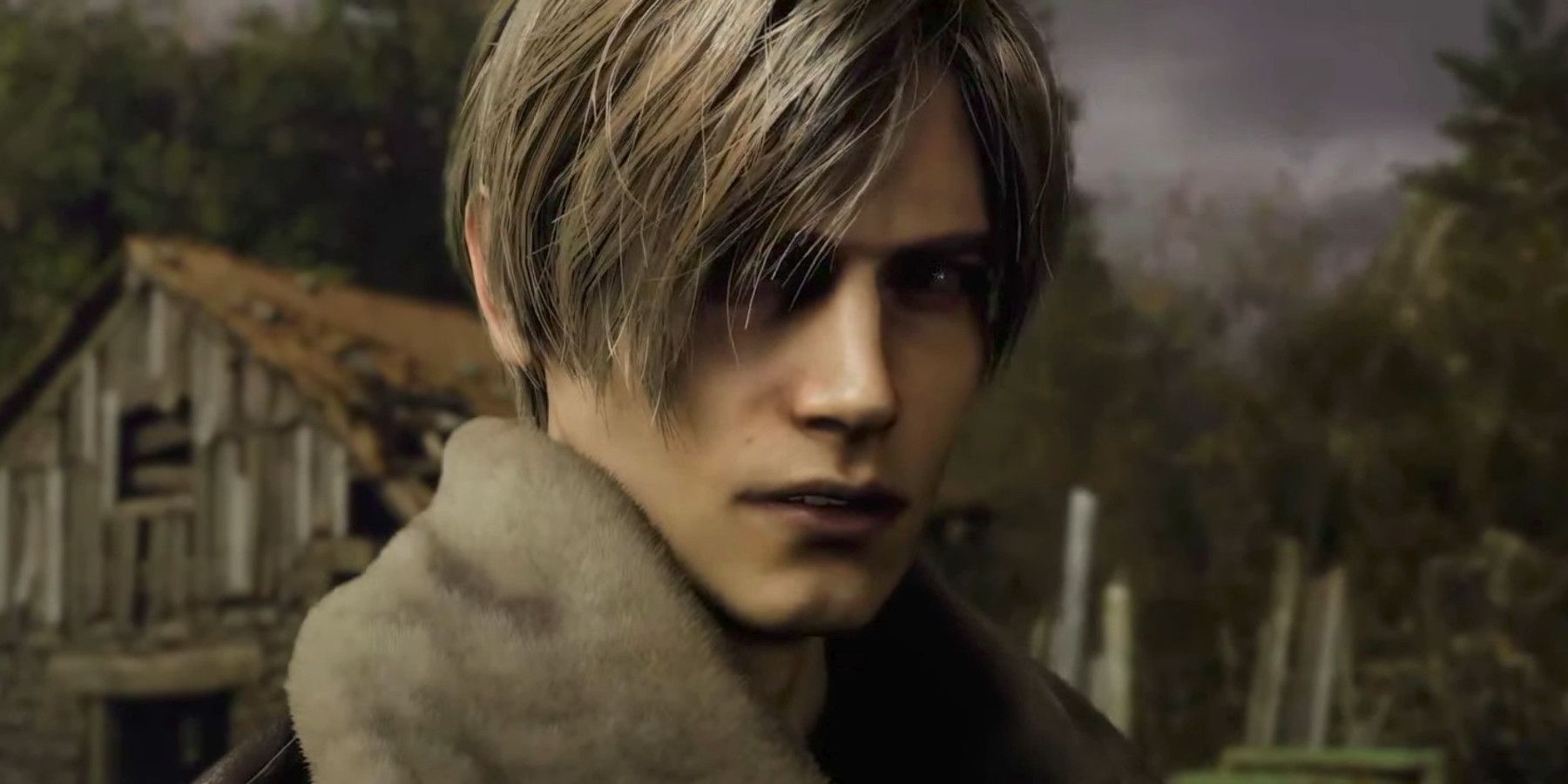Every console generation has had its own unique set of technical limitations, whether its processing power, graphical fidelity, storage space, or a plethora of other issues. But regardless of the limitations, video game developers try their very best to optimize and enhance their games where possible so that players don't think twice about what they're seeing on screen. However, this doesn't always work out quite as well as the devs would've hoped, and that's where the jarring 'Suddenly blonde' gaming trope comes into play.
In the past, when developers were more limited by what colors they could use on screen, a few got fairly creative with their character models. Some of the most well-known characters in video game history started life with brown or red hair due to the technical restrictions of the time. Then, when consoles continued to evolve, developers were able to change their character models to better reflect their original concept designs, leading many characters to suddenly have blonde hair.
Best Examples of the 'Suddenly Blonde' Gaming Trope
One of the most iconic examples of the 'Suddenly blonde' trope in gaming can be found in the original Legend of Zelda games. In the very first Legend of Zelda game, Link is depicted with brown hair, subtly lying underneath his iconic green hat. Link's brown hair persisted for a while during the franchise's first few entries, though it finally changed in The Legend of Zelda: A Link to the Past, where it suddenly became pink. While the hair color change doesn't have an in-universe reason, Nintendo did this due to the limitations on pixel size on the SNES, believing that having brown or blonde hair would blend in too much with Link's skin. Of course, Link has sported blonde hair ever since.
Both Princess Peach and Donkey Kong's Pauline suffered a similar case of the 'Suddenly blonde' trope. In the original Super Mario Bros. games, Princess Peach had red hair, as did Pauline in the original Donkey Kong. The concept art for both of these characters, and the art used for promotional material and on the side of arcade cabinets, featured both of these women with blonde hair. But while Princess Peach became suddenly blonde fairly on in the Mario franchise, Pauline has remained brown-haired ever since.
Resident Evil's Leon S. Kennedy is a particularly interesting example of the 'Suddenly blonde' trope. In his first appearance during Resident Evil 2, Leon's looks ginger during cutscenes, but dark brown during gameplay. In the character's next major appearance in Resident Evil 4, he'd receive dirty blonde hair. In the years that followed, Leon's hair continuously shifted between brown and dirty blonde, with Resident Evil 6 taking it one step further and making his hair completely blonde. The most recent entries in the franchise, Resident Evil 2 Remake and the upcoming Resident Evil 4 Remake, seem to confirm that Leon is in fact a dirty blonde, though it's been decades in the making at this point.
Though it doesn't fit with the 'Suddenly blonde' trope completely, the original designs for the Mario brothers do feel like an extension of the trope's essence. The original character models for Mario and Luigi had no color, with the only differentiating feature about them being their heights. Obviously, as time went on and graphical limitations were lifted, the Mario brothers were given their now-iconic red and green color schemes, making them stand out from each other immediately.





